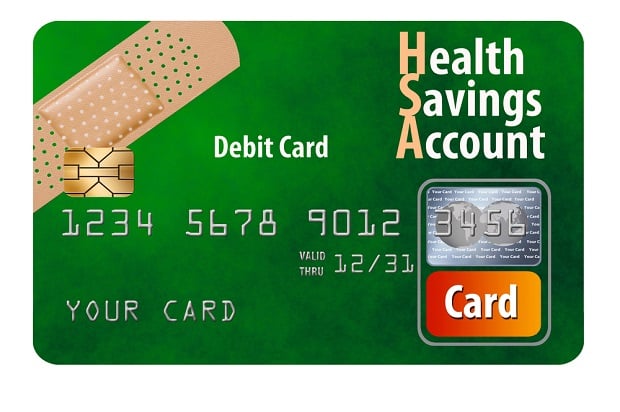 The predicted meteoric rise of HSAs might seem surprising at first. That is, until you realize how many market forces are at play. (Photo: Shutterstock)
The predicted meteoric rise of HSAs might seem surprising at first. That is, until you realize how many market forces are at play. (Photo: Shutterstock)
Since their inception in 2003, Health Savings Accounts (HSAs) have seen consistent year-over-year growth.
And, that's not about to change. Quite the opposite, in fact, HSA adoption and contributions are predicted to skyrocket over the next three years, and by 2021 HSAs are expected to dethrone FSAs as the most popular health benefit account type.
Recommended For You
Complete your profile to continue reading and get FREE access to BenefitsPRO, part of your ALM digital membership.
Your access to unlimited BenefitsPRO content isn’t changing.
Once you are an ALM digital member, you’ll receive:
- Breaking benefits news and analysis, on-site and via our newsletters and custom alerts
- Educational webcasts, white papers, and ebooks from industry thought leaders
- Critical converage of the property casualty insurance and financial advisory markets on our other ALM sites, PropertyCasualty360 and ThinkAdvisor
Already have an account? Sign In Now
© 2025 ALM Global, LLC, All Rights Reserved. Request academic re-use from www.copyright.com. All other uses, submit a request to [email protected]. For more information visit Asset & Logo Licensing.








